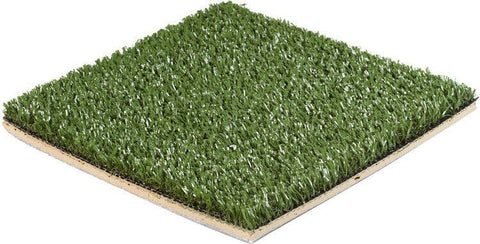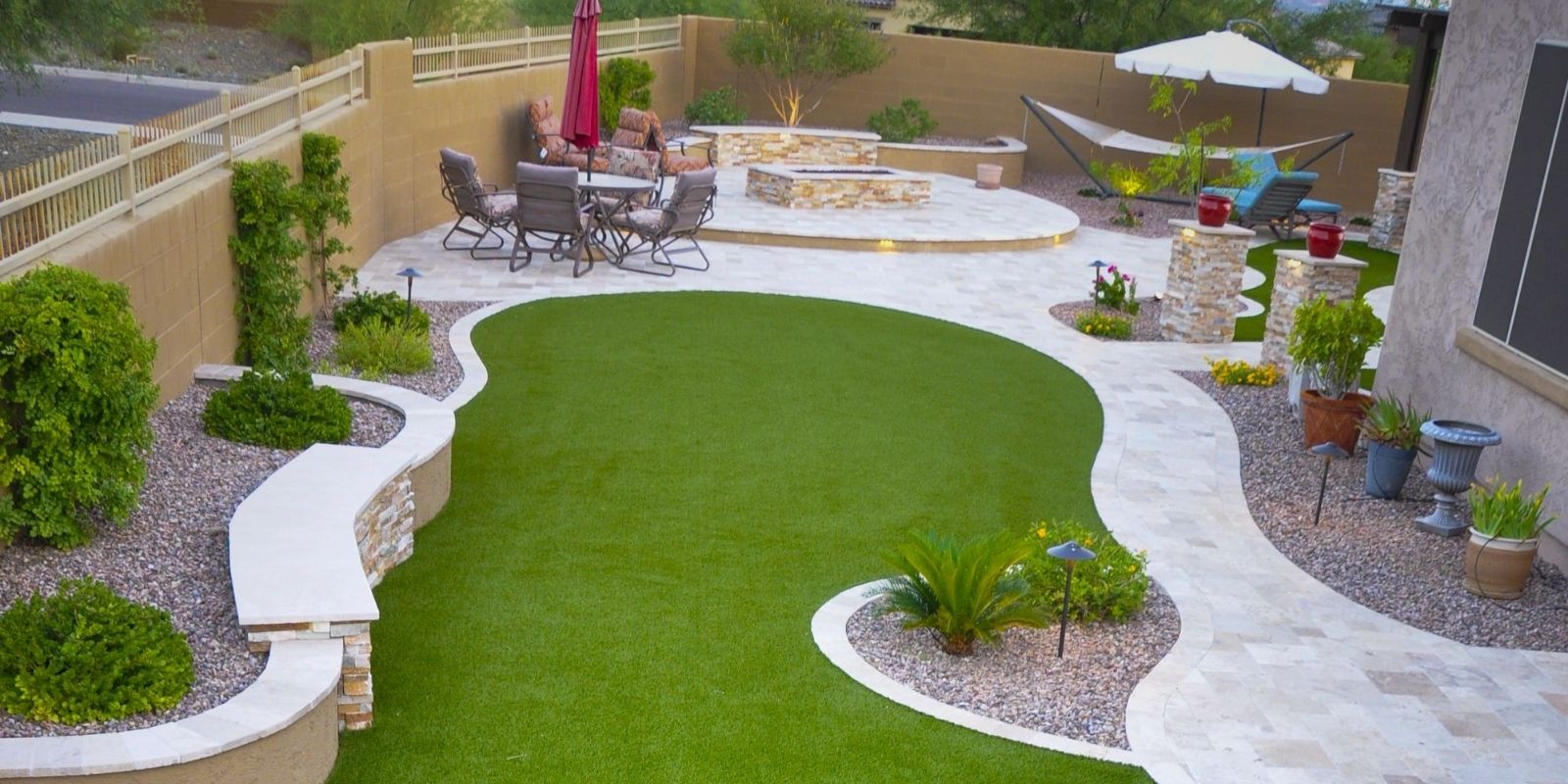Upgrade Your Outdoor Space with Arizona Artificial Turf for a Vibrant Green Look
Upgrade Your Outdoor Space with Arizona Artificial Turf for a Vibrant Green Look
Blog Article
Delve Into the Environmental Advantages of Opting for Artificial Turf Solutions
The fostering of synthetic lawn services provides an engaging opportunity to deal with pressing environmental difficulties. By substantially decreasing water use and lessening the application of hazardous chemicals, these options not just promote lasting landscaping however additionally safeguard local ecosystems.
Water Preservation Perks
One of the most substantial advantages of synthetic lawn is its ability to preserve water. Standard yard yards call for significant watering, specifically in locations prone to dry spell or water restrictions. In contrast, synthetic grass does not need watering, significantly decreasing the general need for water resources. This function is especially valuable in deserts where water scarcity is a pushing concern.
By eliminating the need for routine watering, synthetic grass adds to sustainable landscape techniques and helps reduce the ecological influence of too much water intake. Additionally, the conservation of water includes the decrease of drainage, which can bring about soil erosion and waterway air pollution.
Furthermore, the installment of synthetic grass permits house owners and municipalities to designate water resources more effectively, concentrating on necessary uses such as alcohol consumption water and farming. The change in the direction of synthetic grass not just promotes responsible water use however additionally aligns with more comprehensive environmental goals focused on preserving natural deposits.
As areas increasingly focus on sustainability, the water preservation benefits of synthetic grass present an engaging case for its adoption in residential and industrial landscape design jobs.
Minimized Chemical Use
The shift to synthetic grass considerably reduces the dependence on chemical treatments generally utilized in all-natural yard maintenance. Conventional turf management normally includes the application of herbicides, plant foods, and pesticides to advertise growth and control insects. These chemicals can position dangers to human health and wellness, neighborhood wildlife, and the environment, adding to dirt and water contamination.
In comparison, synthetic lawn eliminates the requirement for these harmful compounds. By lessening the release of synthetic substances into the ecological community, man-made grass advertises healthier soil and water systems.
Moreover, the lack of chemical drainage connected with artificial grass setups aids safeguard regional waterways from pollution, supporting water life and keeping biodiversity. Arizona artificial turf. As areas increasingly focus on sustainable methods, deciding for synthetic grass offers a feasible remedy that lines up with environmental preservation goals. Through this shift, property proprietors can appreciate rich green areas without endangering eco-friendly health, leading the way for a more sustainable future
Reduced Carbon Impact

Additionally, the installation of synthetic turf can lead to considerable water conservation. All-natural yards require substantial amounts of water for watering, which not only includes in the carbon footprint connected with water extraction and treatment however additionally pressures neighborhood water resources. On the other hand, artificial grass requires marginal maintenance, needing no watering, therefore considerably decreasing water usage and its linked energy costs.
In addition, the durability of synthetic grass adds to its reduced carbon influence. With a lifespan of up to 15 years or even more, the requirement for frequent substitutes is decreased, right here causing less waste and reduced power intake in manufacturing and taking care of conventional yard choices. Overall, man-made lawn provides a lasting choice for environmentally mindful landscaping.
Habitat Preservation
Habitat preservation is a vital factor to consider in the debate over landscaping selections, especially when comparing synthetic grass to natural yard. All-natural turf lawns typically require comprehensive maintenance, consisting of the use of pesticides, plant foods, and herbicides, which can adversely influence local ecological communities. These chemicals can leach into the soil and rivers, harming indigenous flora and animals and interfering with regional habitats.
Man-made lawn eliminates the requirement for hazardous chemicals, consequently protecting nearby wildlife and keeping the integrity of surrounding communities. The installation of like this artificial grass can lead to the conversion of previous lawn areas into more biodiverse landscapes, such as pollinator yards or native plant areas, which can sustain regional wildlife.
Inevitably, the change to artificial lawn not just saves water and minimizes upkeep efforts but also cultivates a much more harmonious relationship in between human tasks and the native environment, advertising environment preservation while doing so.
Long-Term Sustainability
Long-term sustainability is a vital aspect in examining the benefits of synthetic turf over typical yard yards. One of the most substantial advantages of synthetic grass is its toughness; it can last approximately 15-20 years with very little upkeep, whereas natural turf requires constant reseeding and substitute. This long life lowers the demand for constant resources, such as water, plant foods, and chemicals, which are vital for maintaining a healthy and balanced turf yard.
Furthermore, synthetic grass adds to a decrease in carbon emissions related to lawn treatment equipment. Conventional grass typically call for gas-powered mowers, trimmers, and blowers, every one of which add to air pollution. Arizona turf. On the other hand, synthetic grass gets rid of the requirement for such tools, advertising a cleaner environment
Additionally, the manufacturing of artificial turf significantly makes use of recycled materials, improving its sustainability account. As manufacturers adopt eco-friendly practices, the ecological impact of fabricated turf continues to decrease.

Verdict
The fostering of synthetic grass services provides considerable environmental advantages, including considerable water preservation, minimized dependence on unsafe chemicals, and a lower carbon impact. Additionally, synthetic grass help in maintaining all-natural habitats by reducing land disturbance and advertising lasting sustainability with making use of resilient materials. Collectively, these factors emphasize the possibility of man-made turf to contribute favorably to ecological health and provide a practical alternative to traditional landscape design methods in a significantly resource-conscious world.
In contrast, artificial turf does not require watering, significantly decreasing the general demand for water sources. By decreasing the launch of artificial substances into the ecosystem, fabricated lawn promotes healthier soil and water systems.
Furthermore, the installment of fabricated grass can result in considerable water preservation. In contrast, artificial turf requires minimal upkeep, requiring no watering, therefore substantially reducing water use and its associated energy expenses.

Report this page